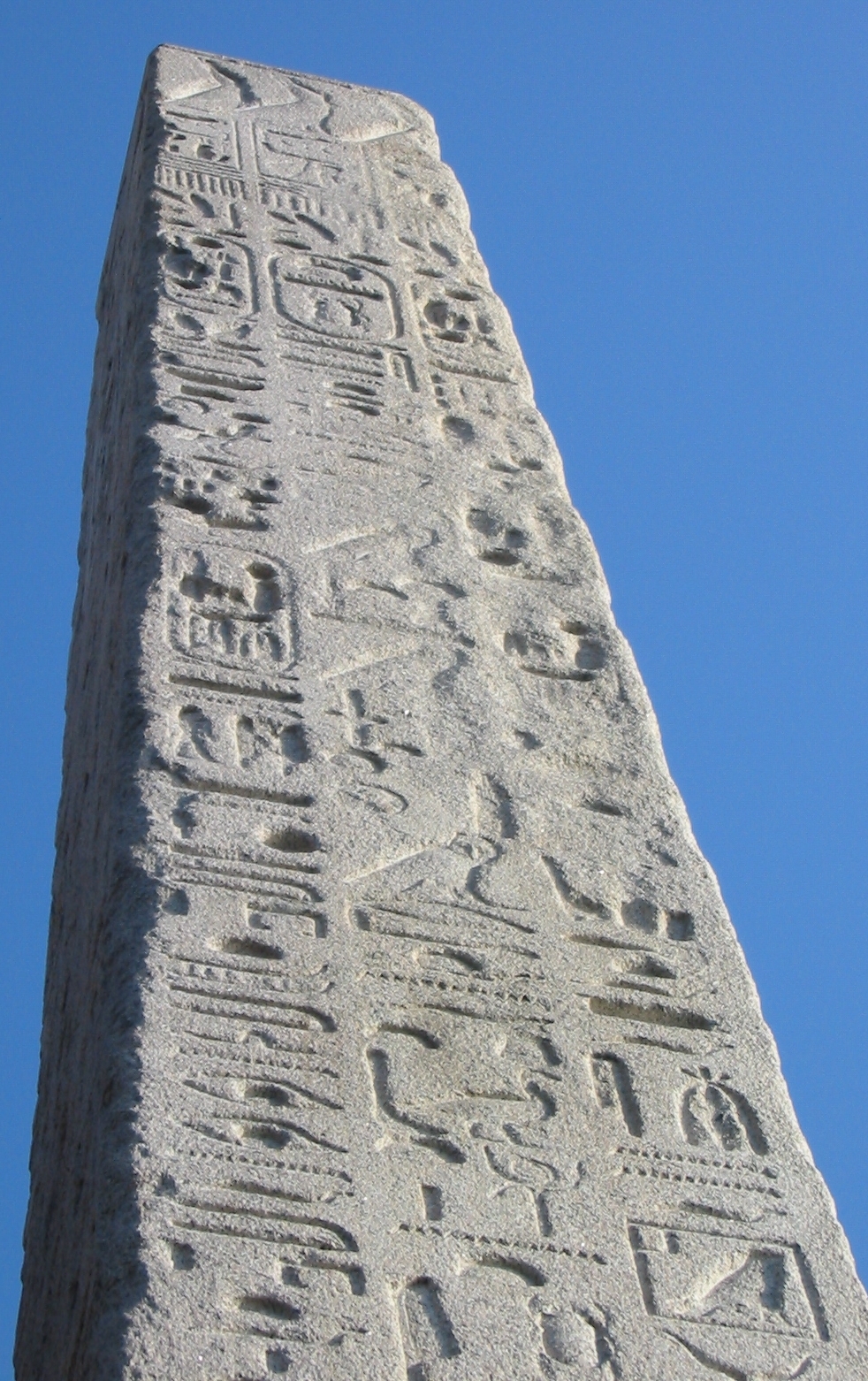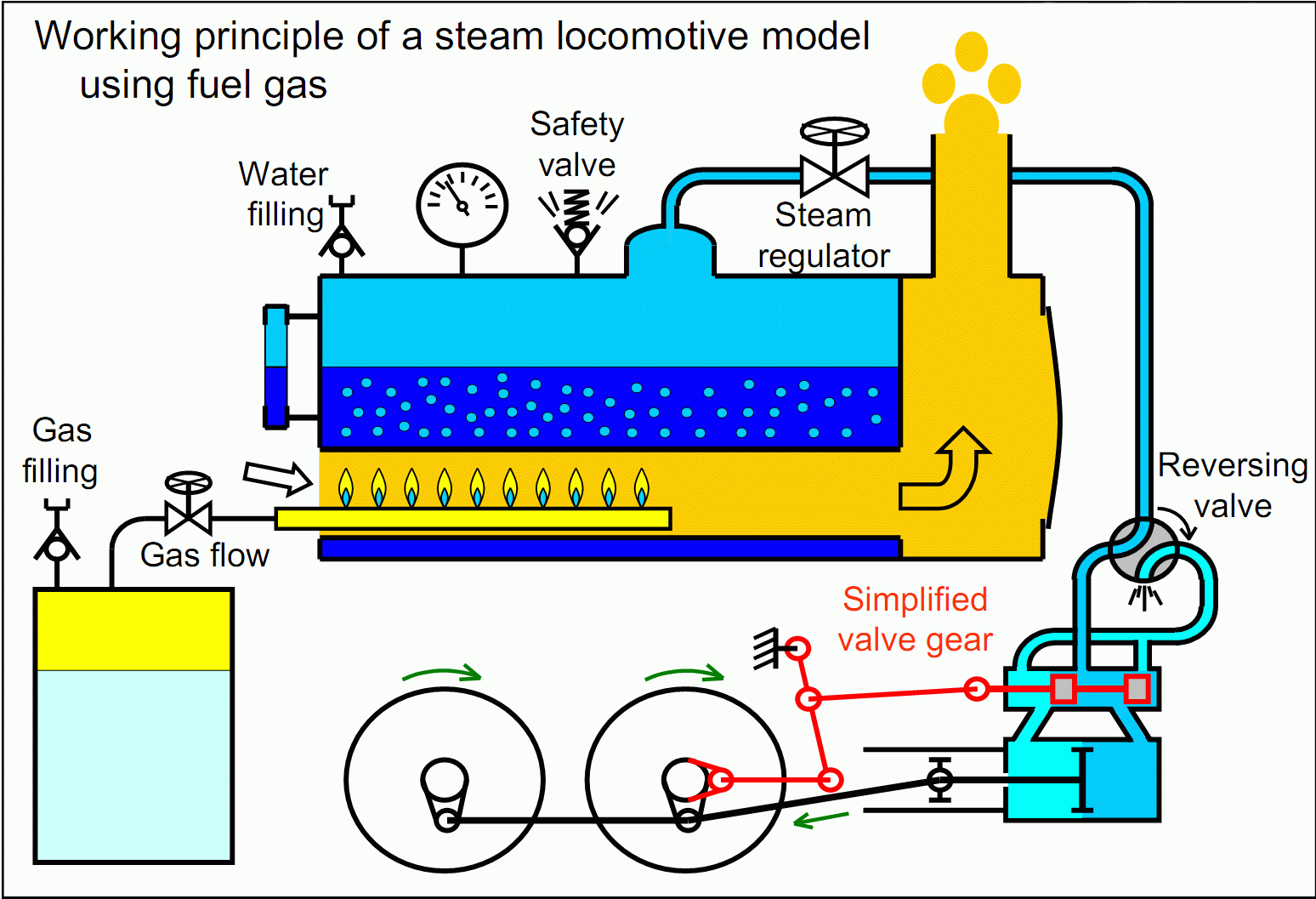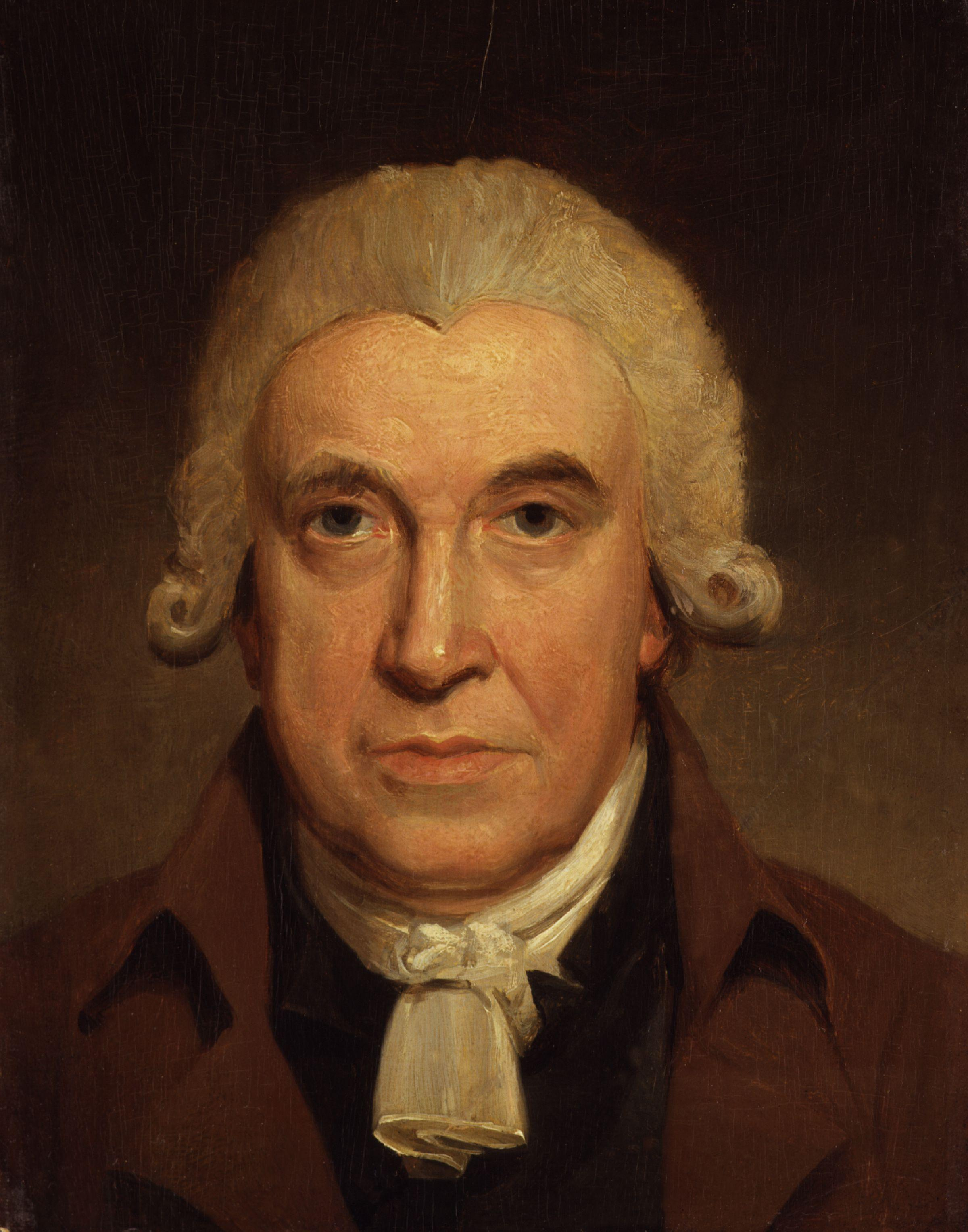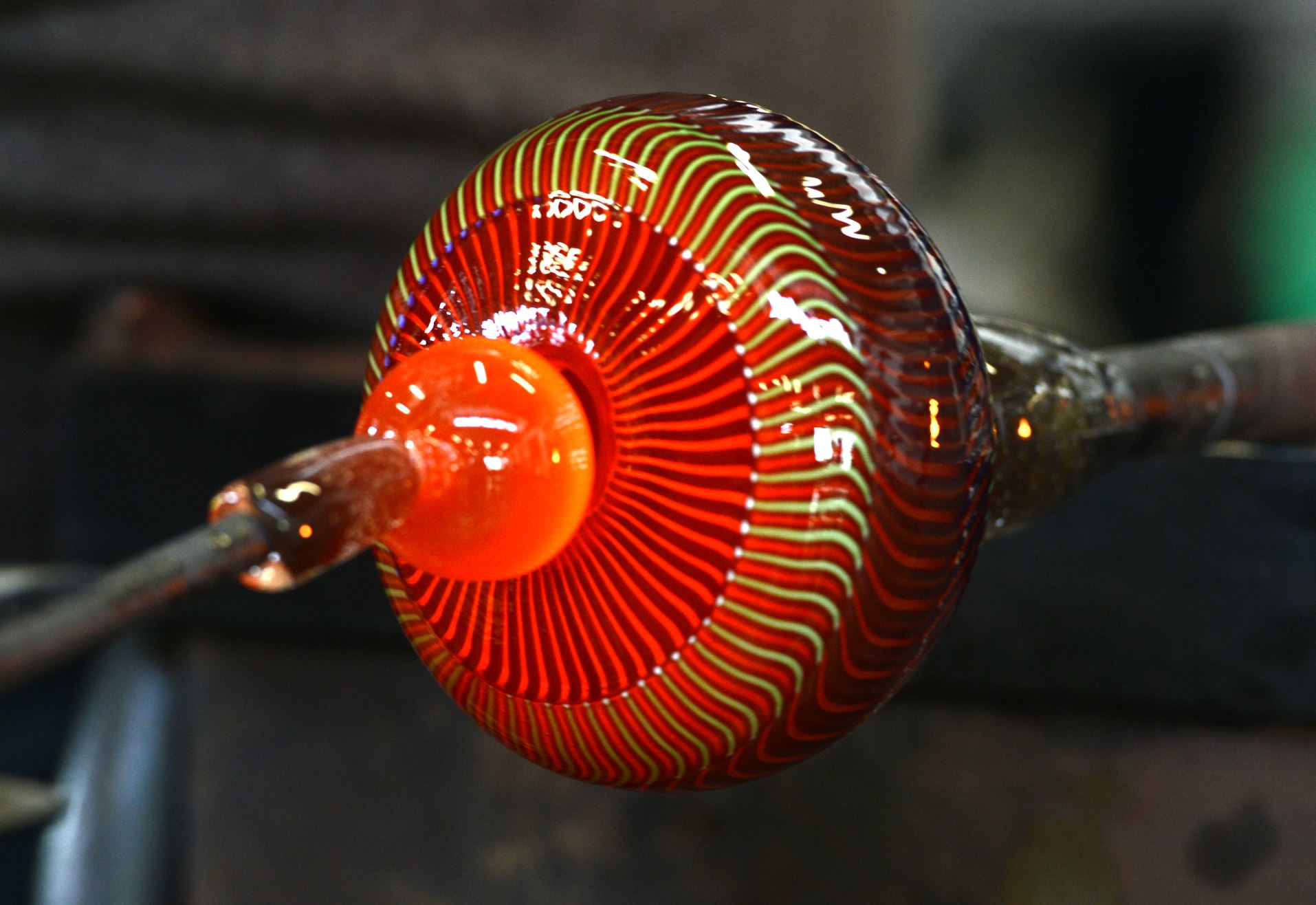351.HOW DOES A SUNDIAL TELL TIME?
The sun was man’s first clock. Long ago men guessed at the time of day by watching the sun as it moved across the sky. It was easy to recognize sunrise and sunset, but harder to know when it was noon, the time when the sun is highest above the horizon. In between these times, it was difficult to tell time by the position of the sun.
Then men noticed that the shadow changed in length and moved during the day. They found they could tell time more accurately by watching shadows than by looking at the sun.
CLEOPATRA’S NEEDLE
350.HOW DOES A STEAM ENGINE WORK?
In trying to build machines that do work for him, man has usually freed, or changed, or channeled the forces that exist in nature. When we boil water we change it into a gas, which we call steam. This gas tries to expand, that is, push aside or ahead whatever is in its way. A steam engine uses this force in steam to do work.
JAMES WATT
349.HOW CAN GLASS BE BLOWN?
When glass is in a melted state, it can be “worked” in many ways. It can be blown, pressed, drawn, or rolled. For hundreds of years, the chief method of working with glass was blowing. The glass-worker gathered a ball of molten glass on the end of his blow-pipe and blew, just the way you would blow a soap bubble. Using his skill, he shaped the glass as he blew, and drew it out to the correct thinness. He kept reheating the glass to keep it workable, and then he would finish it with special tools.






